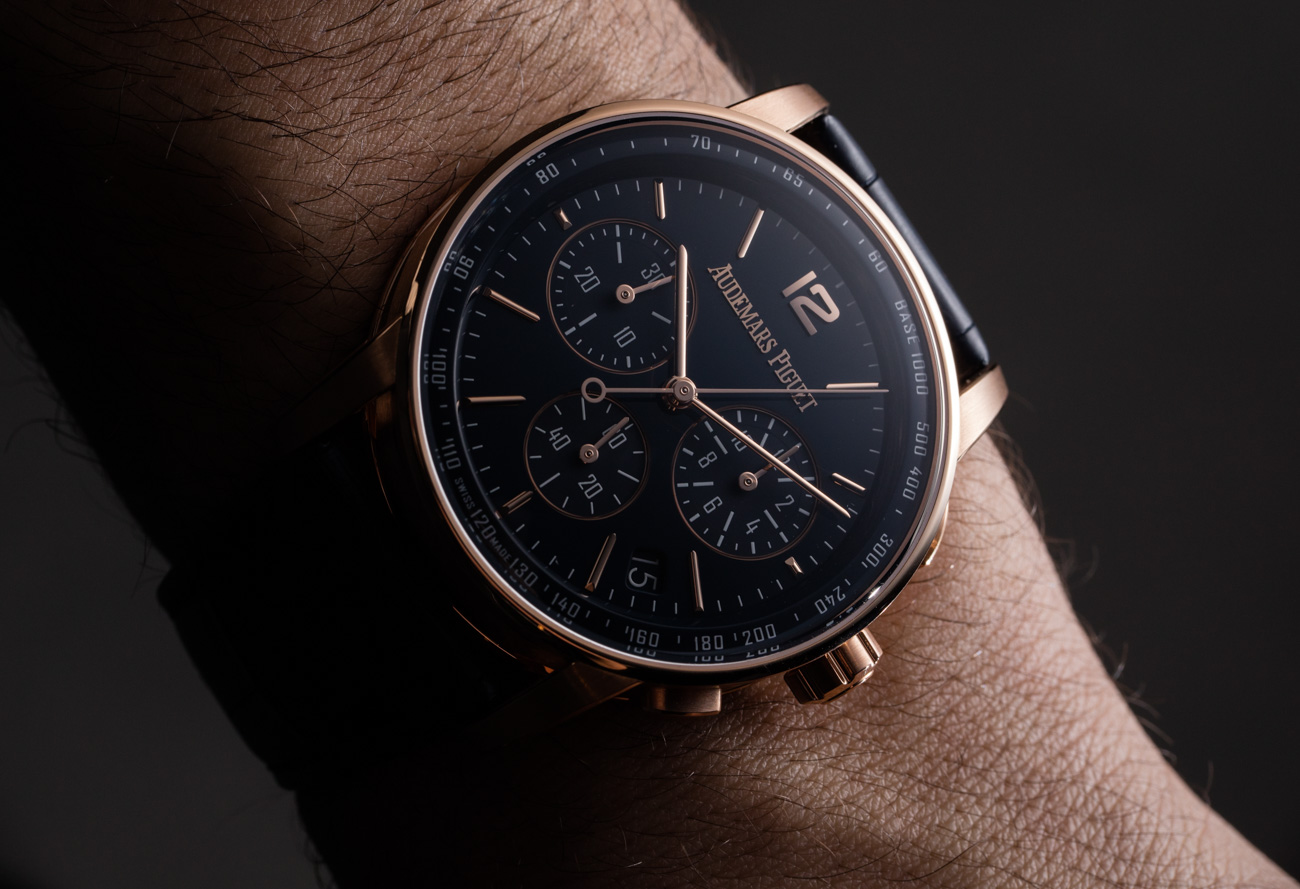
2019 represented the last year of Audemars Piguet‘s attendance at the annual SIHH high watch and jewelry show. The brand has expressed no specific post-SIHH plans but says it will consider various locations around the world to host future new product events. In addition to being able to target better themes for new product launches, Audemars Piguet is going with a growing watch industry trend of not feeling obligated to release new products each year. That, however, is a topic for another discussion. Audemars Piguet did take the SIHH 2019 show opportunity to release their first new watch collection launch in a really long time with the Code 11.59. In this article, I will discuss my hands-on impressions of the Audemars Piguet Code 11.59 Selfwinding Chronograph.
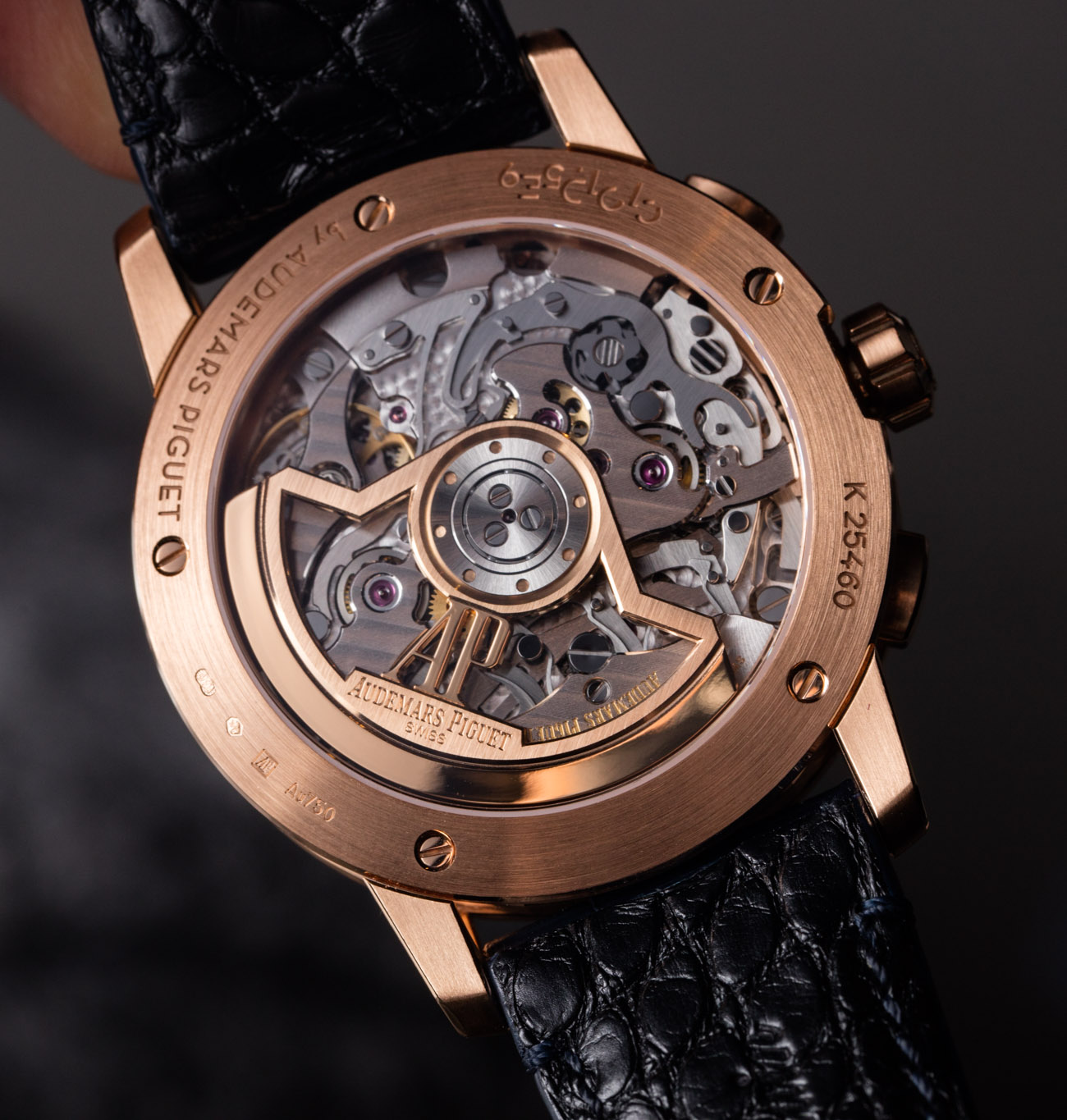
Finally, An Integrated Audemars Piguet Chronograph Movement
The Code 11.59 Self-Winding Chronograph is one of two Code 11.59 products with a new movement known as the caliber 4401 — and this one has a caliber collectors have been pining for. The Code 11.59 Selfwinding Chronograph’s new in-house-made integrated chronograph replaces the older module-based chronograph still used in a variety of Audemars Piguet Royal Oak and Royal Oak Offshore. While Audemars Piguet says it will take some time to be fully phased in, they have indicated to aBlogtoWatch that, eventually, the caliber 4401 movements will replace many module-based chronograph movements in existing chronograph watches produced by the brand.
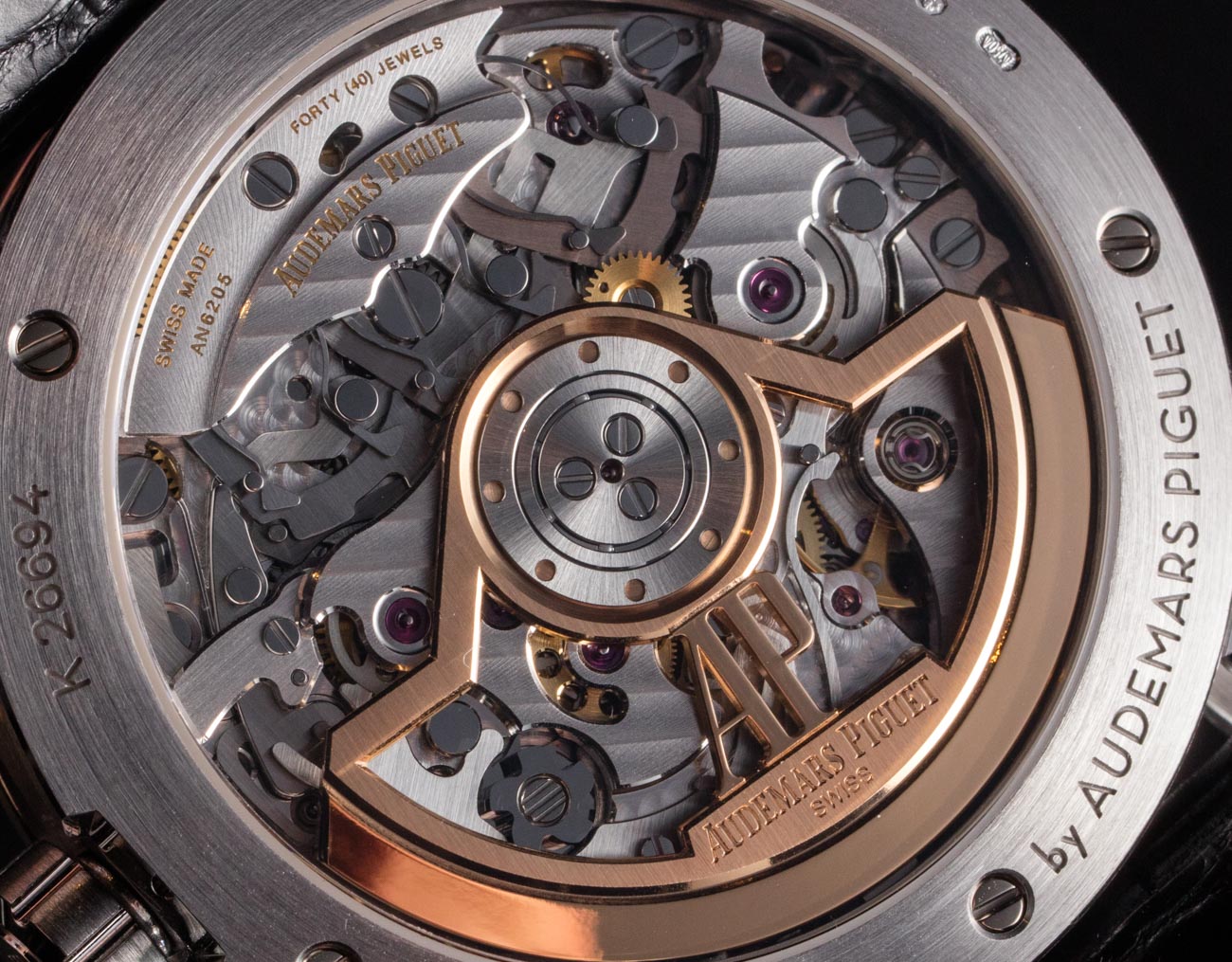
The release of the caliber 4401 movement is as important as the Code 11.59 movement itself, but in many respects, the movement is only modesty noteworthy. Audemars Piguet hasn’t boasted the introduction of new technology or materials in the 4401, and its performance is adequate, but not remarkable. The movement finally operates at 4Hz (versus 3Hz before) and now has a longer power reserve of 70 hours. I will say that operating the chronograph mechanism via the pushers was pleasant, and the movement overall did feel refined. But that is to be expected at a price-point of over $40,000.
The movement has a unique appearance, with a handsome architecture that is enlivened with a fair bit of haute horology decoration. Over the movement is a highly skeletonized rotor with the brand’s initials. One can admire the movement through the watch’s caseback sapphire crystal.
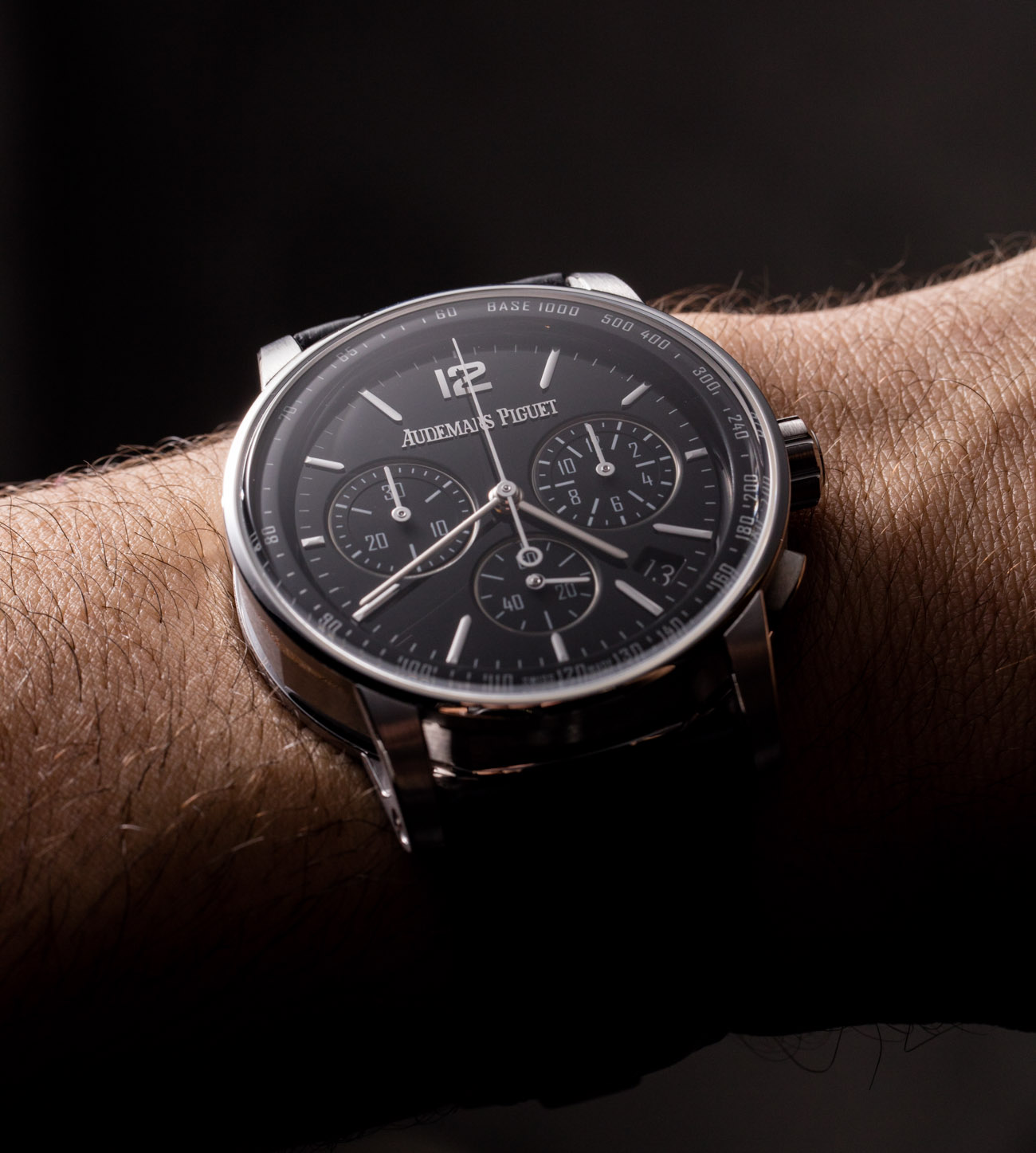
A Case For Originality
Audemars Piguet’s stated purpose for the Code 11.59 watch was to finally have a round-cased watch that consumers were excited about. Now seemingly discontinued, the Jules Audemars was the brand’s previous round-cased watch collection. I was always a fan of the Jules Audemars and blame its lack of demand on too-minimal advertising. It also existed in a crowded space of “mature looking” round dress watches that have more in common with each other than points of distinction.
Not wanting to produce yet another dressy-style vintage-appeal round watch case, Audemars Piguet set forth to design a case worthy of the macho jewelry appeal of modern Royal Oak-family timepieces. That said, the Code 11.59 case is highly distinctive from all other Audemars Piguet watches. Aside from the brand logo, the only design element that, for me, hearkens to the rest of the Audemars Piguet watch family is the design of the Code 11.59’s strap buckle.
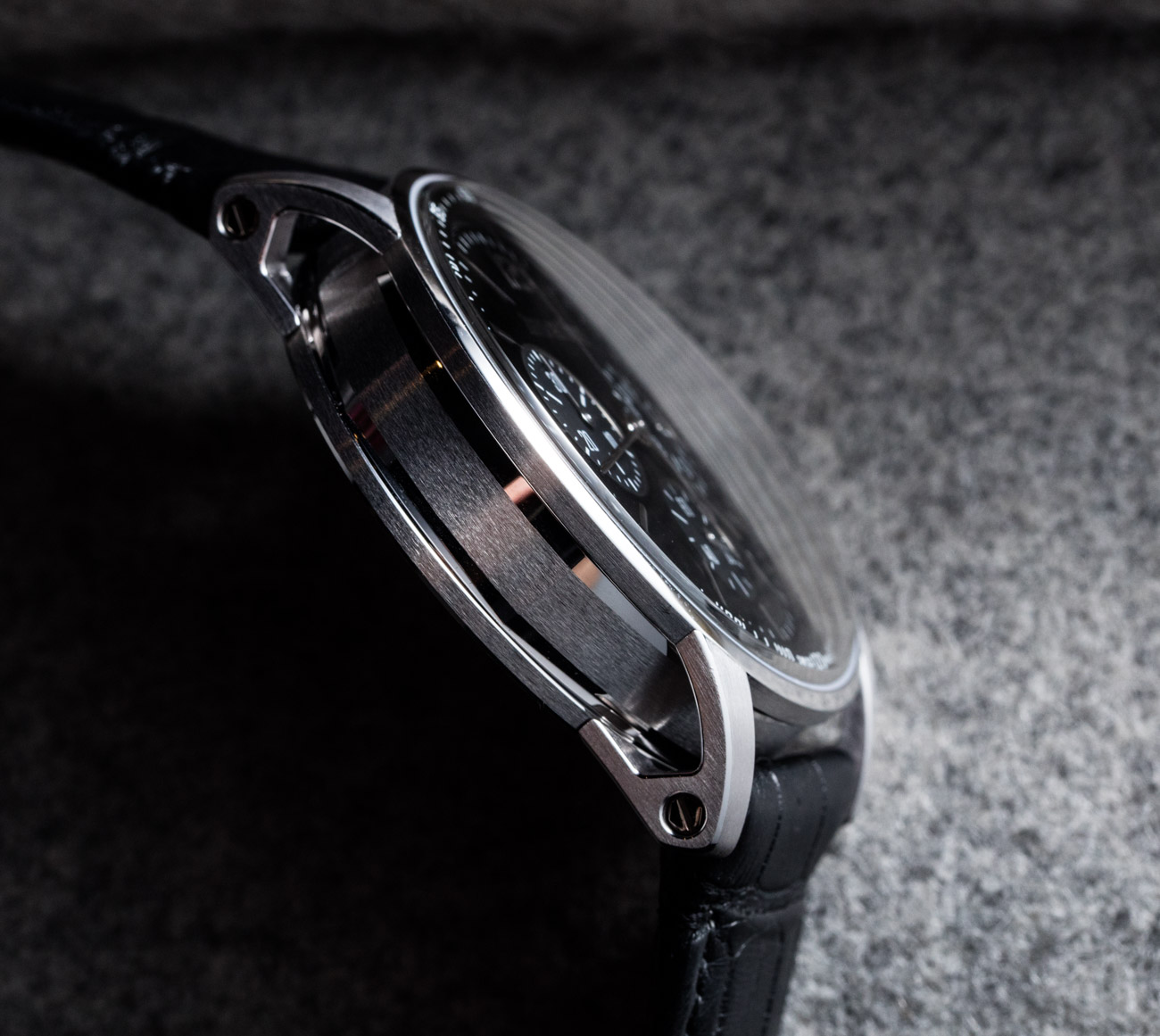
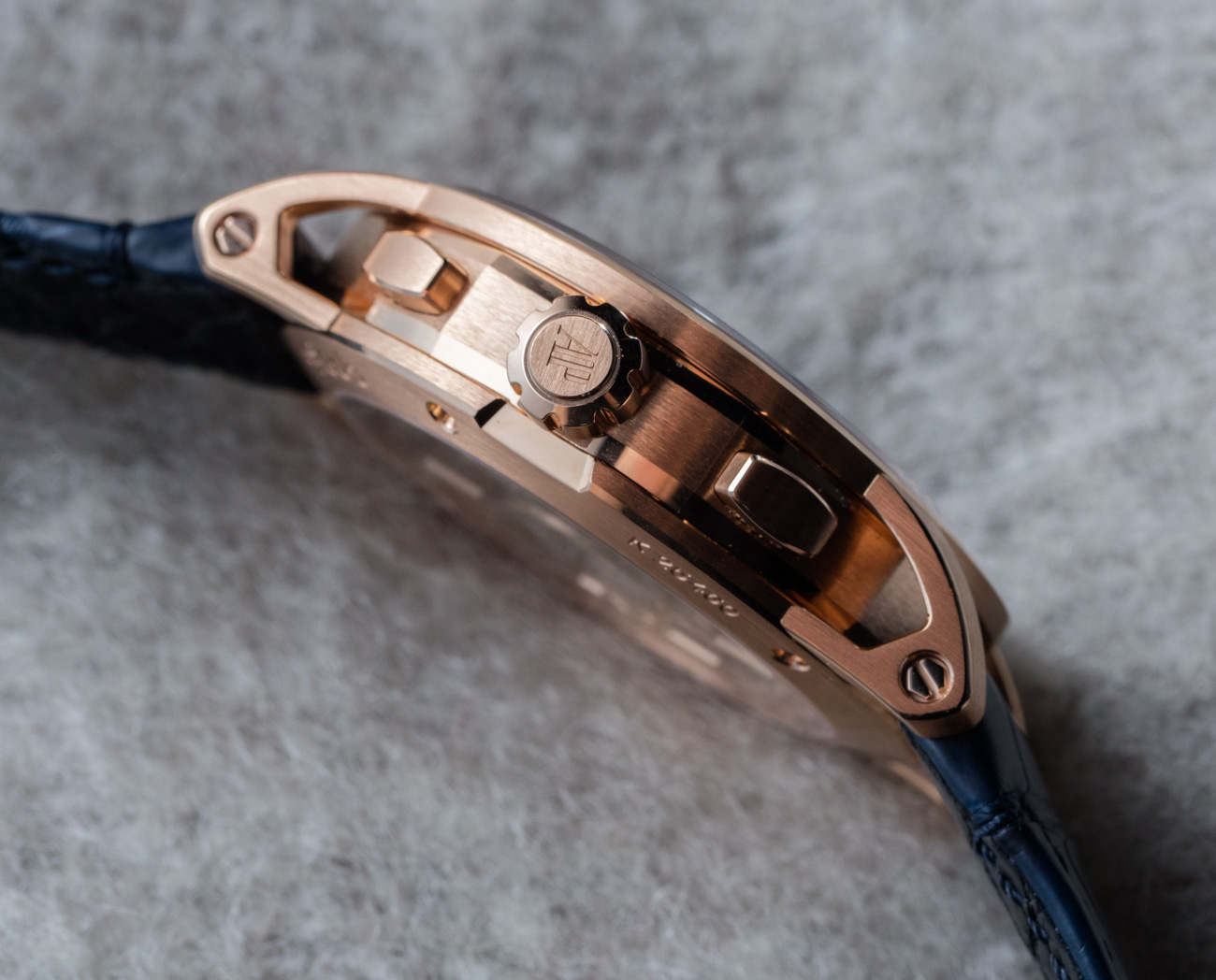
Audemars Piguet much ballyhooed the construction and tight tolerances of the Code 11.59’s 41mm-wide and 12.6mm-thick (water resistant to 30 meters) case. To start, the chronograph will come in an 18k white or pink gold case (each with a black or blue dial color option). The skeletonized lugs are actually attached to the bezel and the caseback neatly fits as though the lugs physically connect to it. The case polishing is an attractive mixture of brushed and delicately polished surfaces. I found the case to be comfortable to wear and nice to look at, though I recognize that its novelty at Audemars Piguet means a few years will pass before people start to associate it as an aesthetic connected to the brand.

Sadly missing for 2019, and probably for another few years, is a matching metal bracelet. All Code 11.59 watches come in precious metal cases, with no other materials currently available. A matching bracelet would thus also need to be in precious metal — vastly increasing the cost of the watch (probably by about double). Then again, after $50,000 or so, consumer price sensitivity drops quite a bit, so I think if there were an attractive metal bracelet option for the Code 11.59, there would be lots of takers. The Royal Oak itself is mostly popular because of its excellent (and now iconic) bracelet.
The sapphire crystal over the dial of the Code 11.59 is double-domed and gives a sort of optical illusion as to how it is curved. It makes looking at the case a bit more interesting, and while it doesn’t help the dial legibility situation, I don’t think it appreciably hurts it — more on that later.
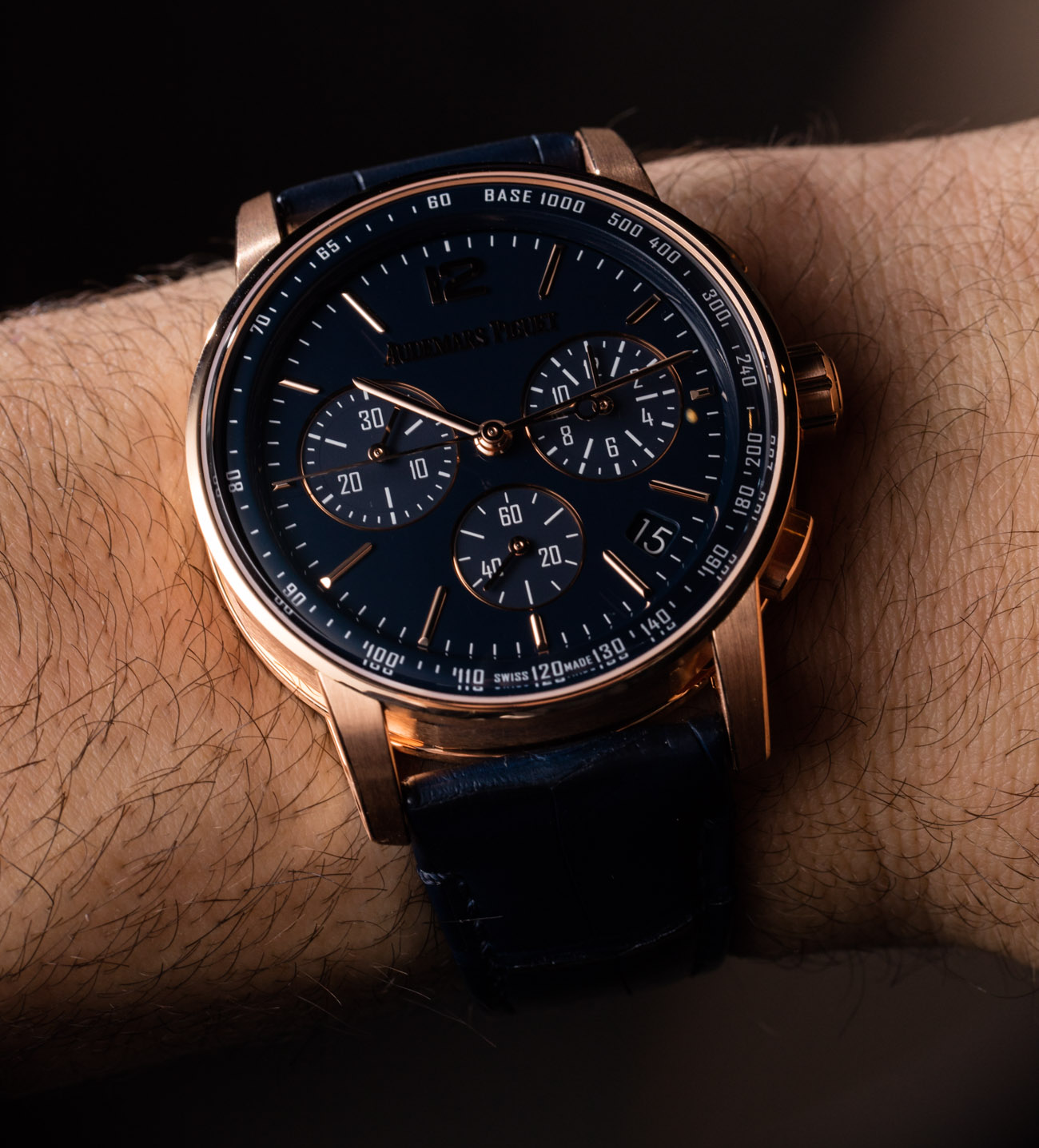
A Face Faux Pas
A collector whose opinion I admire shared a piece of wisdom with me, which I agree with. Neither of us is particularly enthused about the dial designs for the Code 11.59 three-hand and chronograph models. Having said that, dials and hands are among the easier elements to redo when the Code 11.59 watches start to come out with new versions in the future. So no, I’m not a fan of these dial designs, but I feel that there is hope for the future.
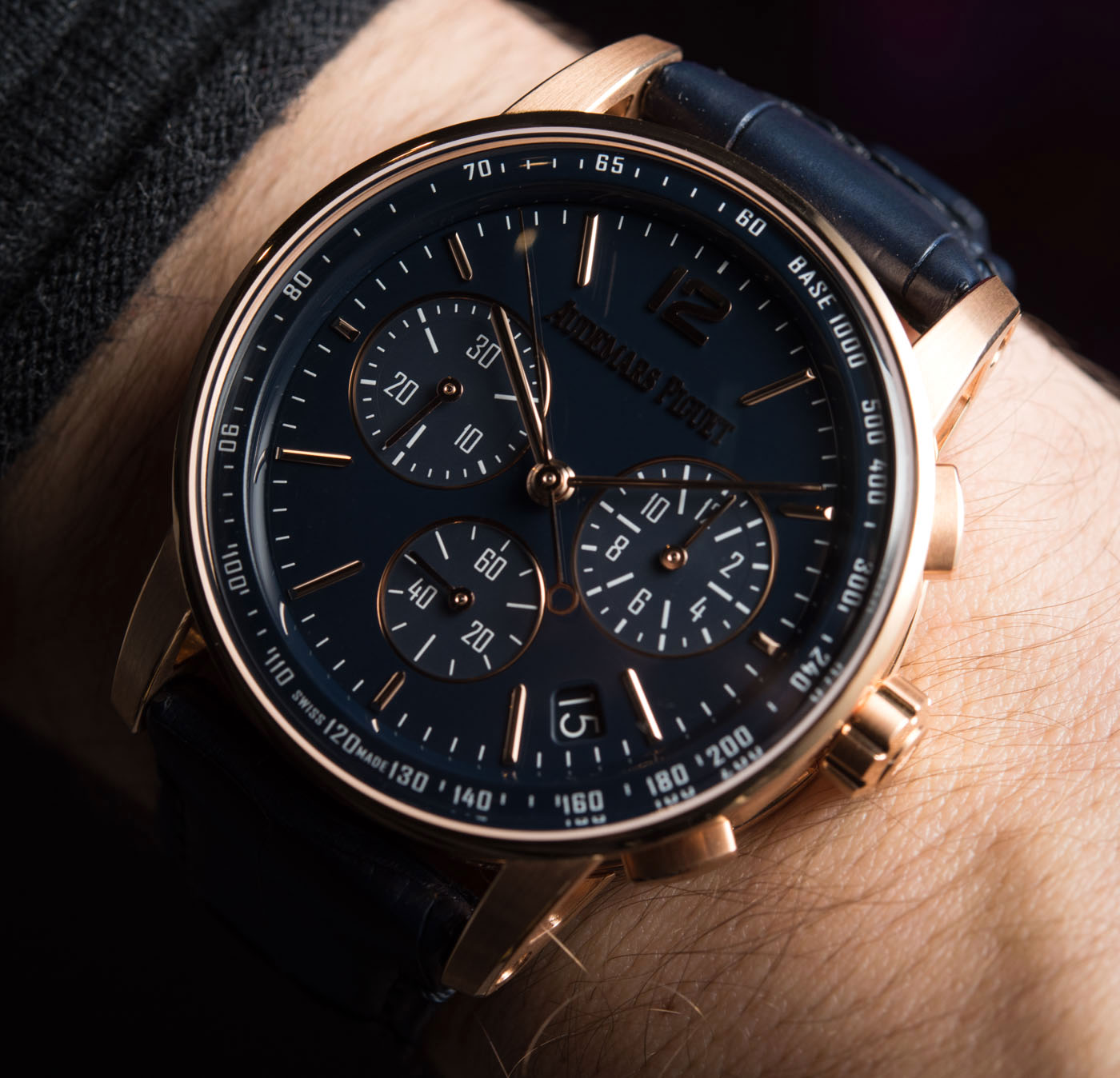
It is impossible for me to know exactly what Audemars Piguet was aiming for with the minimalist look that the Code 11.59 watches seems to aspire to. I do know that Audemars Piguet is attempting to appeal to new (younger) watch-lovers who are only now getting into the world of luxury watches. They want the Code 11.59 to be a new object of desire for those who feel that Royal Oak is a watch for an older man. I totally understand that sentiment, and it seems as though the designers working on the Code 11.59 project were inspired by simple watch designs popularized by inexpensive watches marketed with great levels of gusto on social media channels, such as Instagram, over the last few years.
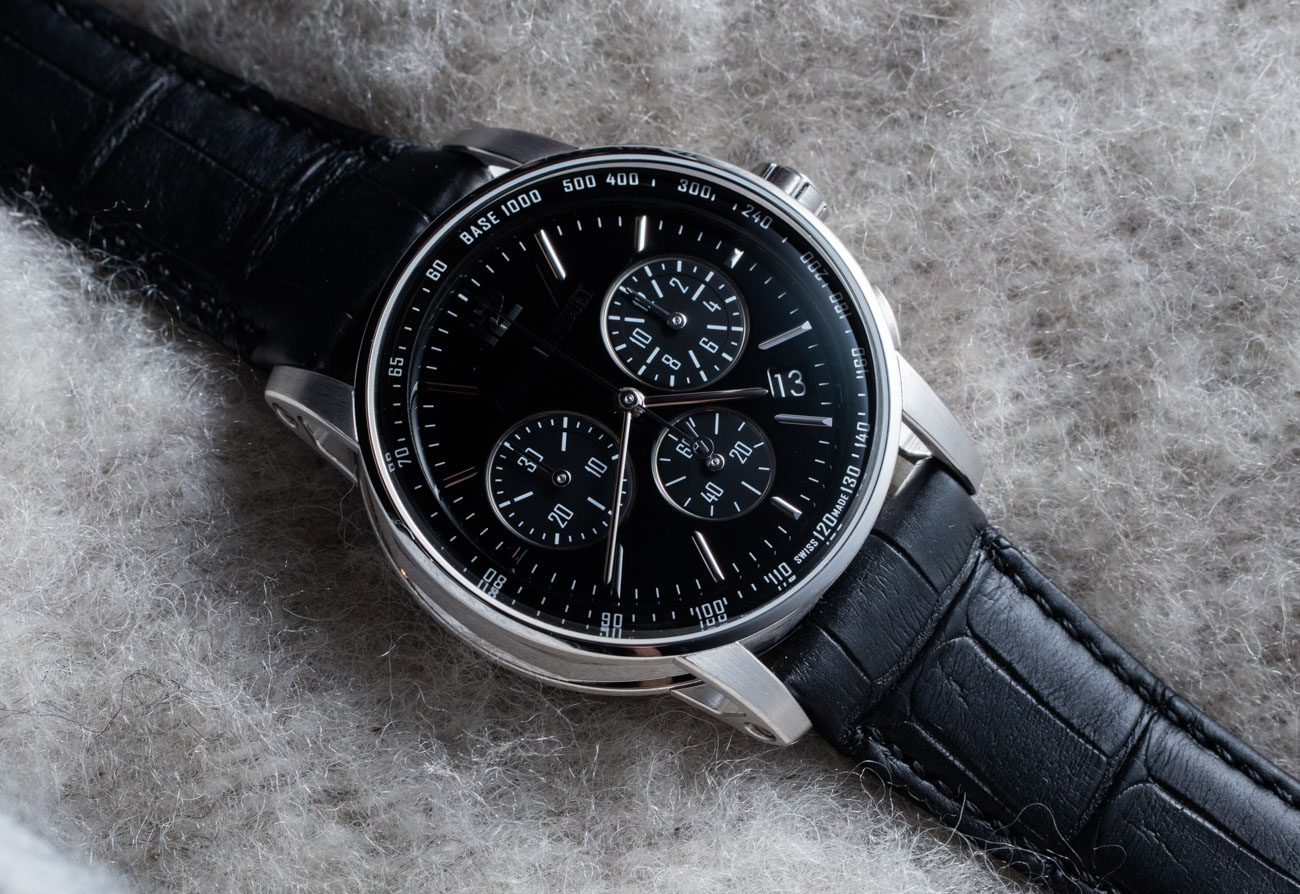
My theory is that, with the Code 11.59 products, Audemars Piguet was attempting to go for a look that “social media generation” kids who eventually come into money will see as familiar, and thus want. I hope that is the case because the consensus among those of us who didn’t grow up with social media marketing-born watch brands is that Audemars Piguet didn’t capture the essence of the brand, or something visually appealing enough to capture the hearts of today’s enthusiasts.
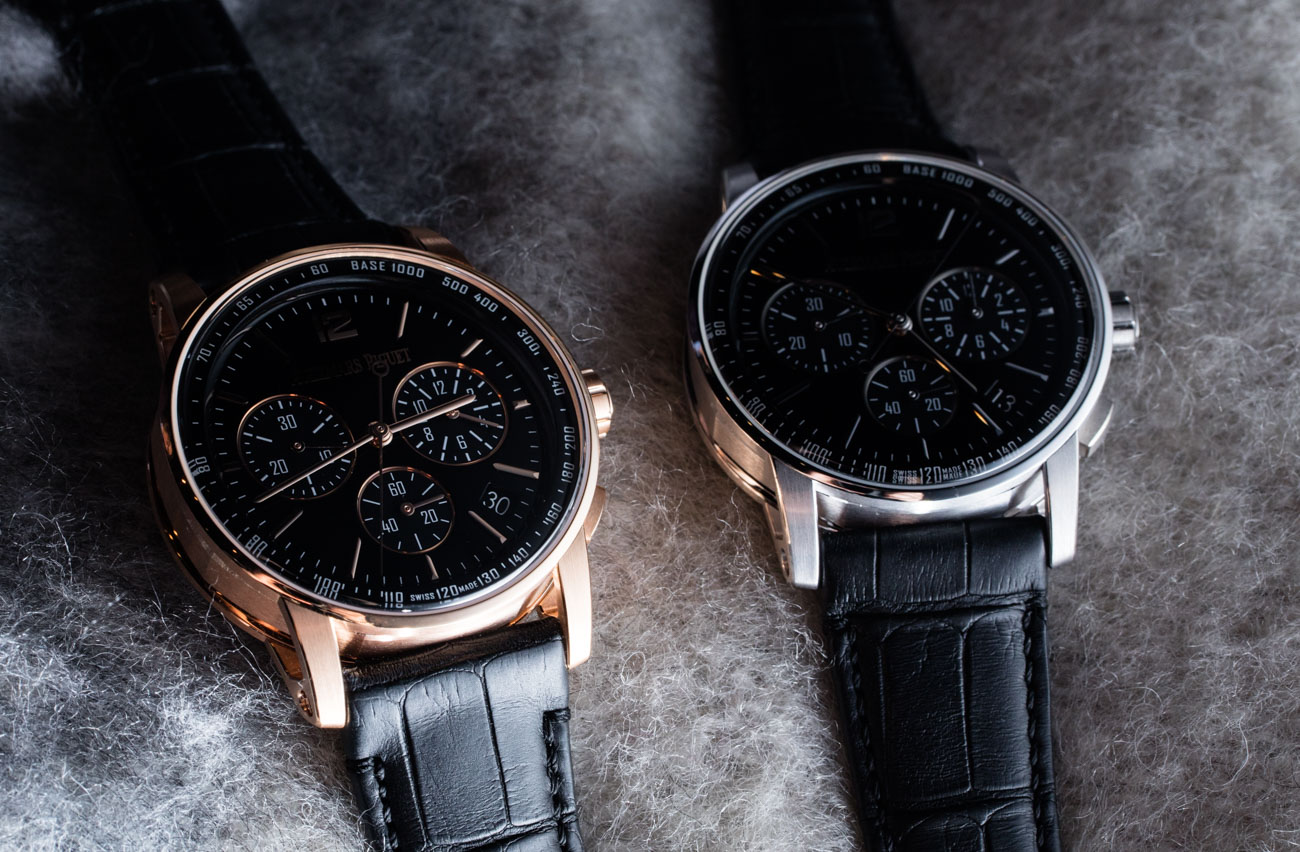
What’s wrong with the Code 11.59 dials? It isn’t my place to judge taste and artistic preference, but I can speak to practical matters such as proportions and legibility. My main issue with the Code 11.59 dials — especially the chronograph models — is that reading the time is unduly challenging. The dial design uses two polished needle-style hands, which, in many lighting scenarios, is very challenging to see. I suppose you could live with it, but I don’t see how people who were raised to admire the strong legibility of most Royal Oak models will agree that the Code 11.59 is as successful in the readability department.
